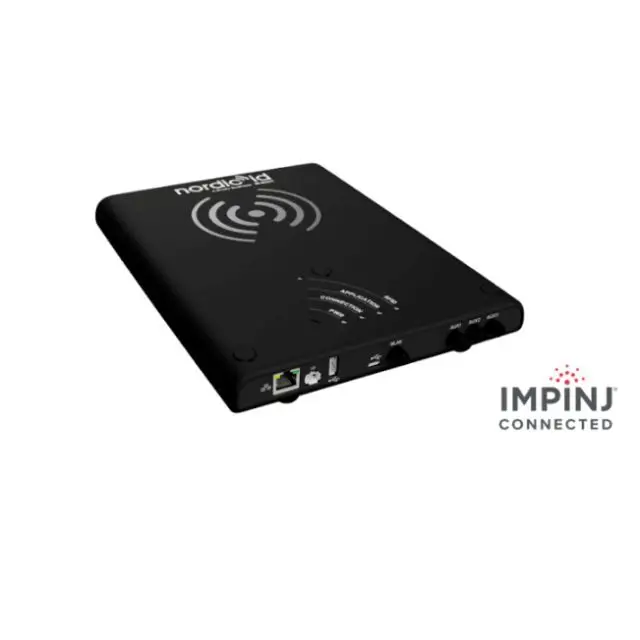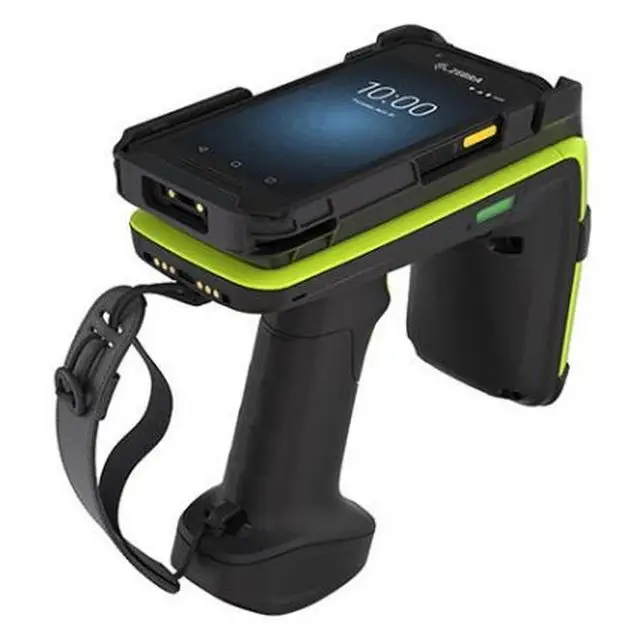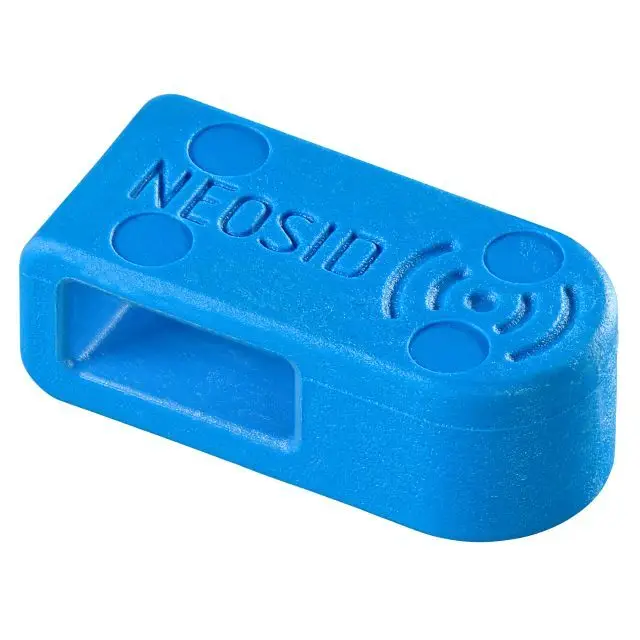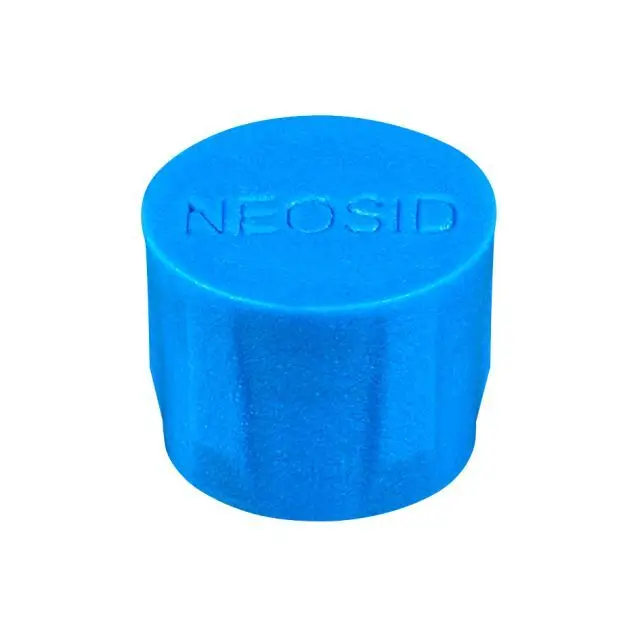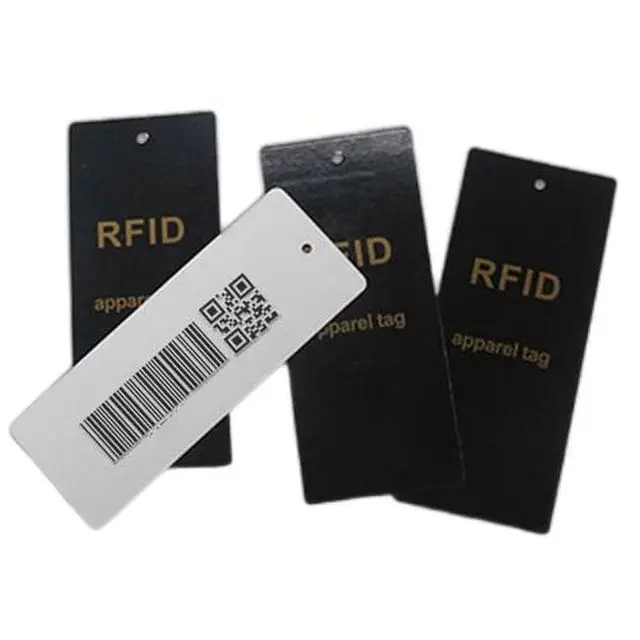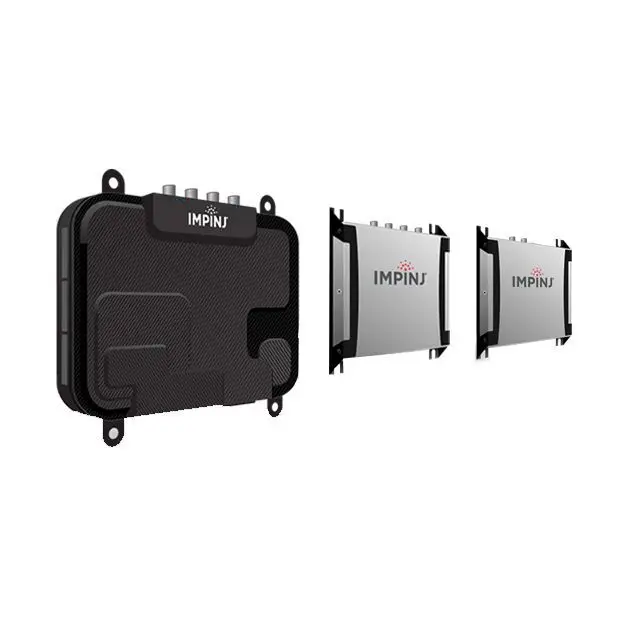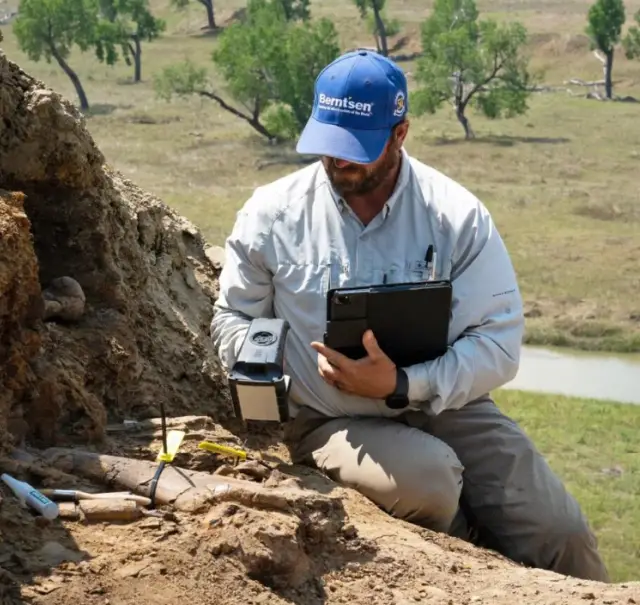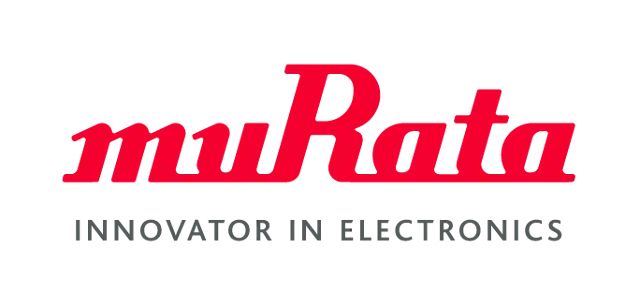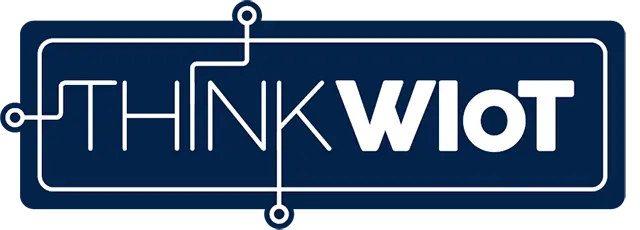The Fundamentals of Permanent Inventory
A permanent inventory is a continuous inventory procedure in which stock levels are regularly recorded and updated. In contrast to the fixed-date stocktaking, which only records stock on a specific balance sheet date, the permanent inventory makes it possible to update inventory on an ongoing basis. This inventory procedure provides a detailed and up-to-date overview of the stock value and inventory levels. Barcode inventory and RFID inventory are essential technologies that increase the efficiency and accuracy of permanent inventory. Permanent inventory software helps to record and manage data. It helps to improve inventory results and quickly identify stock shortages (stock outs). This makes inventory accounting much easier.
Efficient stocktaking is crucial for accurate inventory management and a smooth business process. Inventory sampling is a time-saving method that only counts a portion of stocks, which is especially useful when time or labor is limited. Precise counting lists and software tools also help to increase accuracy and avoid errors in annual inventories. By using modern inventory methods and tools, companies can make their inventory more efficient, saving time and costs.
Wireless IoT Technologies and Inventory
Products Designed for the Inventory Control
Various products and technologies support the efficient implementation of permanent inventory. Barcode scanners and RFID readers are essential hardware components for stocktaking. These devices enable fast and precise recording of stock levels and can be connected directly to the warehouse accounting system. Permanent inventory software offers functions for managing inventory data, creating inventory lists and compiling orders. Modern systems also integrate functions for analyzing stock shortages and improving inventory results. RFID asset inventory and barcode inventory are particularly useful for stocktaking in large warehouses. Mobile devices and apps also make it easier to take stock directly at the storage location.
Application Areas for Permanent Inventory
Permanent inventory is used in various areas. It plays a particularly important role in stock accounting and the stocktaking of large warehouses. Companies in retail, production and wholesale use this method to monitor their stock values precisely. Permanent inventory also offers advantages in order compilation and the management of storage locations. Cycle counting is a special form of permanent inventory in which stocks are counted regularly and on a rotating basis. This reduces the workload and causes less disruption to day-to-day business. In addition, perpetual inventory is also used in accounting to ensure precise and up-to-date accounting.
Improved Inventory with RFID at Rentex
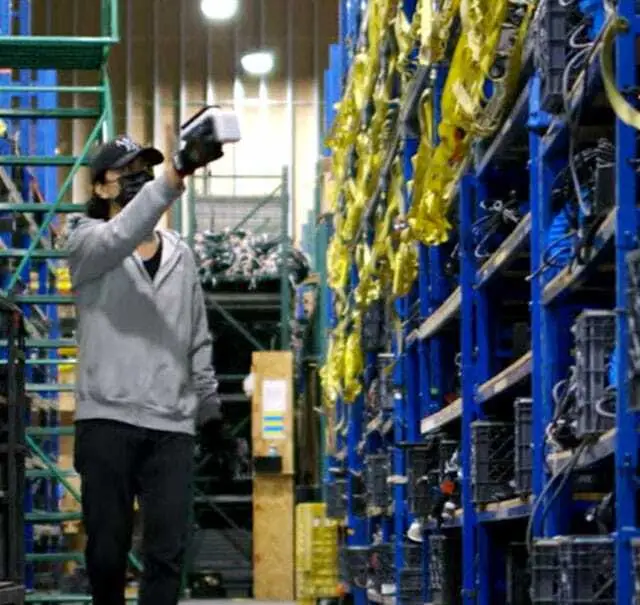
US film equipment rental company Rentex has worked with HID to equip over 200,000 items with RFID tags in order to improve inventory processes. Compiling an order of rental equipment can involve up to 1,000 different items. This includes picking the correct cables from an inventory of 25,000 unique cables. Passive RFID tags are attached to the surface of equipment. A handheld RFID reader acts as a kind of Geiger counter and provides feedback when approached. Several RFID tags can be read simultaneously, even if the objects are packed in containers. The result: The time taken for inventories is reduced and inventory accuracy improved.
US film equipment rental company Rentex has worked with HID to equip over 200,000 items with RFID tags in order to improve inventory processes. Compiling an order of rental equipment can involve up to 1,000 different items. This includes picking the correct cables from an inventory of 25,000 unique cables. Passive RFID tags are attached to the surface of equipment. A handheld RFID reader acts as a kind of Geiger counter and provides feedback when approached. Several RFID tags can be read simultaneously, even if the objects are packed in containers. The result: The time taken for inventories is reduced and inventory accuracy improved.

“A movie company will come to one of these leasing companies and ask for a thousand items. You know, they need cables and lighting, they need all of this stuff for a particular production. And this equipment has to go on to location. And sometimes that’s just a set in a local facility, but sometimes it’s the middle of the Arizona Desert because they’re making a cowboy movie. What’s important is that the that the leasing company has to go into their warehouse to identify exactly the right items, pull those off the shelf, they bring them to a staging area, they then verify that the order has been assembled correctly and then they get it out to the customer. It’s important to get it right the first time around.“
Ken Horton
Independent
Automated Inventory at ProMart

Finnish wholesaler ProMart offers unmanned self-service stores for the construction industry. These stores, called EasyMarts are equipped with an RFID solution from Turck Vilant Systems. The stores are equipped with two RFID readers. All products are equipped with RFID tags. Once a product has been purchased, rented, or leased, entries are automatically made in an inventory list. In the event of a product shortage, a warning is sent by the system to workers at the central warehouse. This triggers an automatic replenishment order.
Finnish wholesaler ProMart offers unmanned self-service stores for the construction industry. These stores, called EasyMarts are equipped with an RFID solution from Turck Vilant Systems. The stores are equipped with two RFID readers. All products are equipped with RFID tags. Once a product has been purchased, rented, or leased, entries are automatically made in an inventory list. In the event of a product shortage, a warning is sent by the system to workers at the central warehouse. This triggers an automatic replenishment order.

“Replenishment costs add a percentage to the price of products in EasyMart. Large companies can offset these. The same applies to construction sites or shipyards with several companies. They benefit from the EasyMart. Additionally, different VMI (vendor managed inventory) systems are getting more and more popular. It doesn’t always need to be a full store. Smart cabinets and smart shelves can also solve part of this problem.”
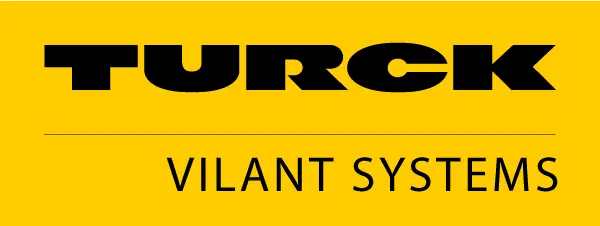
Jessica Säilä
Head of Marketing
Inventory with RFID and RTLS at NHS Trust
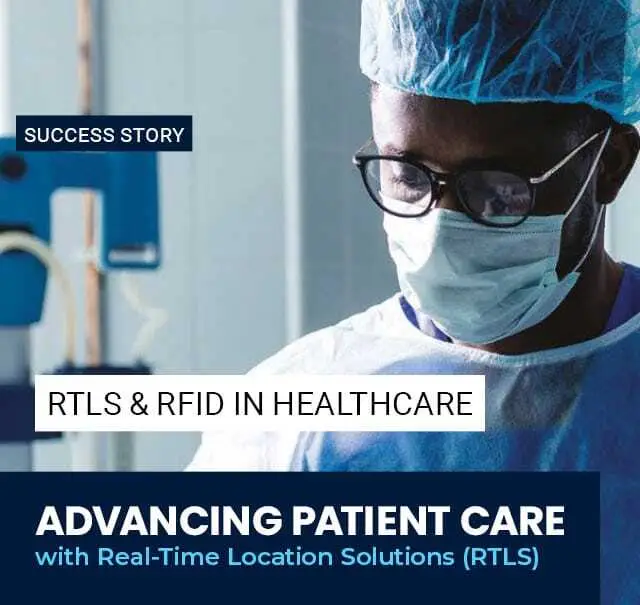
At Hull University Teaching Hospitals NHS Trust, a large hospital in England, a cloud-based solution is being used to enable real-time inventory checks of medical equipment. Over 72,000 items have already been tagged with passive RFID tags. In addition, 2,700 sterile trays are tagged every week. 640 stationary RFID readers and over 400 antennas have already been installed at two large hospital sites. 320 mobile computers from Zebra Technologies enable the tracking of assets and patient items. The main objective: To reduce the search time for medical equipment. The result: The RFID solution reduces staff search times from 4 hours to 4 minutes.
At Hull University Teaching Hospitals NHS Trust, a large hospital in England, a cloud-based solution is being used to enable real-time inventory checks of medical equipment. Over 72,000 items have already been tagged with passive RFID tags. In addition, 2,700 sterile trays are tagged every week. 640 stationary RFID readers and over 400 antennas have already been installed at two large hospital sites. 320 mobile computers from Zebra Technologies enable the tracking of assets and patient items. The main objective: To reduce the search time for medical equipment. The result: The RFID solution reduces staff search times from 4 hours to 4 minutes.

"We quickly realised that asset tracking can cover pretty much anything, and we looked for the solution to seamlessly track a much wider range of assets than we initially anticipated."

Rachael Ellis
Scan4Safety Program Director
More Stories on Inventory Control
Advantages of Permanent Inventory
Advantages of Wireless IoT
- Continuous Stocktaking
- Improved Inventory Accuracy
- Increased Inventory Speed
- Automated Replenishment
- Elimination of Stock Outs
Permanent inventory offers numerous advantages over traditional inventory methods. It enables continuous stocktaking, allowing companies to keep their stocks and stock values up to date at all times. The integration of barcode inventory and RFID inventory improves the accuracy and speed of stocktaking. Perpetual inventory software enables efficient management and evaluation of inventory data. Companies can thus improve inventory results and reduce stock shortages. The continuous inventory update ensures that stocks can be tracked at all times. In addition, perpetual inventory minimizes disruption to day-to-day business, as there is no need to shut down the warehouse completely.
Permanent inventory offers numerous advantages over traditional inventory methods. It enables continuous stocktaking, allowing companies to keep their stocks and stock values up to date at all times. The integration of barcode inventory and RFID inventory improves the accuracy and speed of stocktaking. Perpetual inventory software enables efficient management and evaluation of inventory data. Companies can thus improve inventory results and reduce stock shortages. The continuous inventory update ensures that stocks can be tracked at all times. In addition, perpetual inventory minimizes disruption to day-to-day business, as there is no need to shut down the warehouse completely.
Advantages of Wireless IoT
- Continuous Stocktaking
- Improved Inventory Accuracy
- Increased Inventory Speed
- Automated Replenishment
- Elimination of Stock Outs
The Challenges of Permanent Inventory
Despite the many benefits, permanent inventory also comes with some challenges. Implementing and maintaining a permanent inventory requires careful planning and sufficient manpower. Technical problems with a barcode inventory system or an RFID inventory system can interfere with stocktaking. Companies need to ensure that their permanent inventory software is reliable and user-friendly. In addition, high acquisition costs for inventory hardware, such as barcode and RFID readers, can be a hurdle. Regular training is necessary to ensure that employees use the inventory methods correctly. Also, misplaced inventory can lead to confusion if not done correctly.
Partners Spezialized in Inventory Solutions
Trends in Permanent Inventory
In recent years, a number of trends have developed in permanent inventory. The integration of RFID technology is particularly noteworthy. RFID stock management systems enable even faster and more accurate recording of stock without direct visual contact with the items. The use of cloud-based solutions for perpetual inventory software is also becoming increasingly popular. These systems offer the advantage that data is updated in real time and can be accessed from anywhere. Automation and artificial intelligence are also playing an increasing role in inventory. These technologies can help to reduce the workload and further improve the accuracy of the inventory. Another trend is the increased use of mobile devices and apps for stocktaking.
-über-Wi-Fi-HaLow-400.webp)

-Pictorial-17-3-25-responsive.webp)




